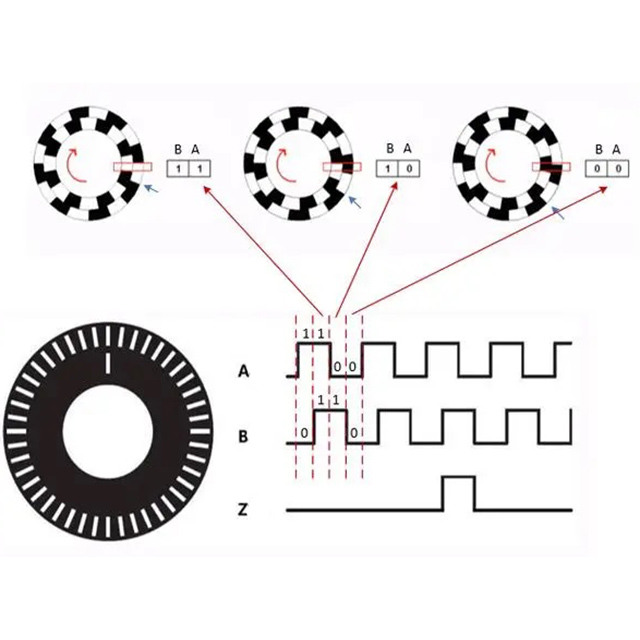UVW Encoder: Best Feedback Sensor Of BLDC Motor
This article will provide you a comprehensive knowledge of UVW encoder, including the explanation, working principle, application and the comparison between ABZ encoder and UVW encoder. Let’s learn it now! Table of Contents What is UVW encoder? A UVW encoder is a rotary encoder that provides a UVW signal in addition to incremental or absolute […]
UVW Encoder: Best Feedback Sensor Of BLDC Motor Read More »







